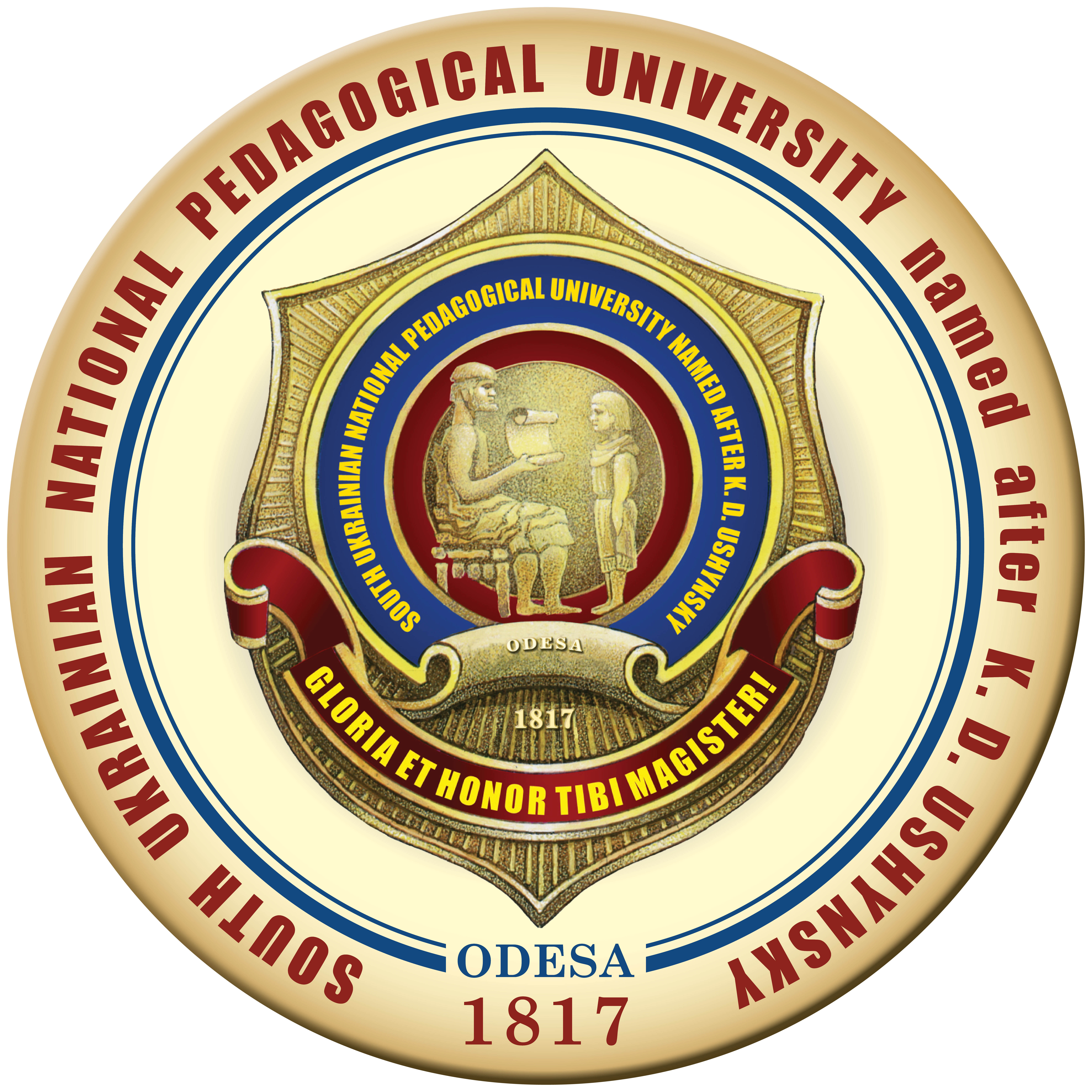PROGRAM FOR THE DEVELOPMENT OF EXPRESSION AND ARTISTRY IN 10–12-YEAR-OLD ATHLETES WHO ARE ENGAGED IN TECHNICAL AND AESTHETIC SPORTS
DOI:
https://doi.org/10.24195/olympicus/2023-2-9Keywords:
technical and aesthetic types, sports, artistry, expressiveness, means, choreography.Abstract
The article examines the importance of expression and artistry in performing competitive exercises with the use of choreography in representatives of technical and aesthetic sports (TAS). In the mentioned sports, choreographic training (CT) has long become an integral part of training athletes from beginners to high-class masters. The main goal of CT in sports is the education of the culture of movements, including artistry and expressiveness which are evaluated by judges on a par with the technical component. Artistry and expressiveness are quite complex concepts that determine the subjective opinion of judges and audience and cannot be accurately measured. There are various requirements for performing competitive exercises, in particular, they must be performed technically correctly (in accordance with biomechanical laws and competition rules), timely, efficiently, stably, etc. TAS also advance requirements for aesthetics, artistry, and expressiveness of performing technical actions and combinations. Evaluating the performances of the best TAS athletes, one can note the freedom, lightness, ease, plasticity, rhythmicity, and originality of performance, the connection of movements with music and the creative nature of the compositions. Artistry can be considered as an opportunity to show one’s individuality: artistic, creative, and personal. Moreover, the very word “artistry” is primarily associated with acting, and its real embodiment is manifested in the stability of performance and spontaneous improvisational expressiveness. Expressiveness is a multifaceted phenomenon that can manifest itself in various spheres of human activity: arts, sports, and professional activity. Each area has appropriate means of expression: colors (their color, saturation), sounds (height, strength, timbre), body movements (poses, gestures, facial expressions), etc. Sport, as a specific branch of aesthetic activity, requires not only its special language for expressiveness and artistry but also its criteria for their development and evaluation. Therefore, athletes and coaches, using the means of developing expressiveness and artistry borrowed from art, should not equate them with manifestations of the artistry of a stage actor. Materials and methods. The following methods were used in the present research: theoretical analysis and generalization of data from scientific-methodological and specific literature, information resources of the Internet, pedagogical observations; survey; expert assessment method, pedagogical experiment, and methods of mathematical statistics. Results. Based on a survey of TAS specialists, pedagogical observations at educational and training classes in sports acrobatics, sports aerobics, cheerleading, sports ballroom dancing, acrobatic rock and roll, aesthetic group gymnastics, as well as original experience, it was developed a program and CT means and methods given the specifics of the sports activities of TAS athletes aged 10–12, which contribute to the progress of expressiveness and artistry. As a result of the analysis of the performances of qualified TAS athletes, the components of performance skill were identified, which can be conventionally represented as: the content of the compositions, as well as the nature and method of performing movements, elements, combinations, and competitive compositions in the chosen sport. As a result of the analysis of the performances of qualified TAS athletes, the components of performance skill were identified, which can be conventionally represented as the content of the compositions, as well as the nature and method of performing movements, elements, combinations, and competitive compositions in the relevant sport. Therefore, performance mastery is a complex characteristic and consists of many components that should be taken into account during its improvement. After the expert assessment of expressiveness and artistry, it was found that it is difficult for athletes aged 10–12 years to create an emotional-motor image in their competitive exercise, while experts rated highly the suitability of the musical accompaniment to the athletes’ proficiency. In the course of research, a program for the development of expressiveness and artistry was formulated using various means of choreography (exercises of classical, folk stage, sports ballroom and modern dance, elements of free plasticity, jumps, turns, balance, exercises of musical and rhythmic education, improvisation, pantomime and others) for TAS athletes aged 10–12 years. The program included the goal, tasks, as well as means and methods that assisted in advancing the performance skills of athletes and took into account the specifics of sports activity. The obtained data show that the athletes of the experimental group (EG), who practiced according to the relevant program for expressiveness and artistry using the means of choreography, experienced significant changes in their performance skills in all its components. At the same time, the reliability of distinctions among female athletes of the control group (CG) was confirmed only in the components of “dynamism, expression, and the availability of composition culminating moments”, as well as “freedom, lightness, ease, plasticity of movements, and exercise rhythmicity”. Conclusions. Sport, as a specific kind of aesthetic activity, needs not only its special language for expressiveness but also criteria for its development and evaluation. The findings of academic observation carried out at educational-training sessions, as well as the survey of specialists, prove the lack of a unanimous opinion of coaches and choreographers regarding the method of developing expressiveness and artistry during CT. The outcome of the expert evaluation of the manifestation of expressiveness and artistry indicate that athletes aged 10–12 years are not good at creating an emotional and motor image in their competitive exercise, but the experts rated highly the suitability of the musical accompaniment for their training. In the course of research, it was drafted a program for the development of expressiveness and artistry using various means of choreography for TAS athletes aged 10–12 years. It included the goal, tasks, as well as means and methods that assisted in advancing the performance skills of athletes. Experimental verification of the program shows reliable positive changes in the performance skills of EG athletes aged 10–12 years in all expressiveness components.
References
Артем’єва Г.П., Мошенська Т.В. Роль і значення хореографії у гімнастичних і танцювальних видах спорту. Слобожанський науково-спортивний вісник. 2018. № 4 (65). С. 32–36.
Білецька І.Г. Музично-ритмічне виховання у видах спорту естетичної спрямованості : навчальний посібник. Харків : ХДАФК, 2017. 126 с.
Винер-Усманова И.А. Артистичность в художественной гимнастике, 2012. 112 с.
Голдрич О.С. Методика викладання хореографії. Львів : Сполом, 2006. 84 с.
Гоцалюк А.А. Хореографія як засіб вираження поліжанрових художніх форм. Вісник Харківського національного педагогічного університету імені Г.С. Сковороди. 2019. С. 280–285.
Мазепа И.А. Компоненты артистизма и методы его развития. Ученые записки университета имени П.Ф. Лесгафта. 2010. № 1 (59). С. 42–45.
Отич О. Розвиток творчої індивідуальності особистості засобами хореографічного мистецтва. 2010. URL: http://www.nbuv.gov.ua/portal/Soc_Gum/OD/2010_2/10OO MZHM.pdf.
Свидлер Т.А., Тимакова Т.С. Пути повышения качества подготовки высококвалифицированных спортсменок в парной акробатике. Вестник спортивной науки. 2009. № 4. С. 8–9.
Сосіна В. Шляхи вдосконалення виразності рухів як складової виконавчої майстерності спортсменів у видах спорту зі складною координацією. Вісник Львівського університету. 2014. Вип. 14. С. 155–159.
Сосіна В.Ю. Хореографія в спорті : навчальний посібник. Київ : Олімпійська література, 2021. 280 с.







